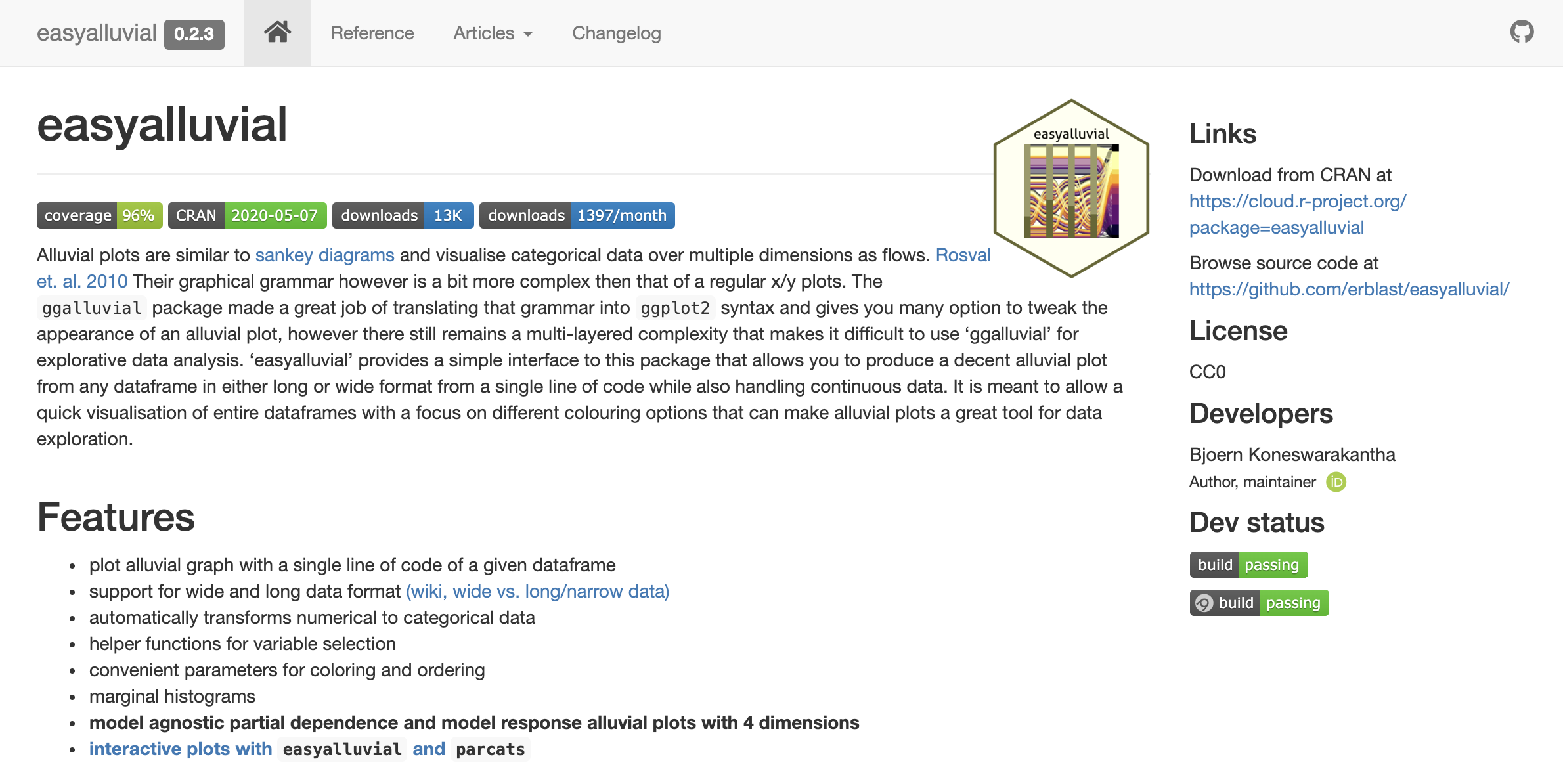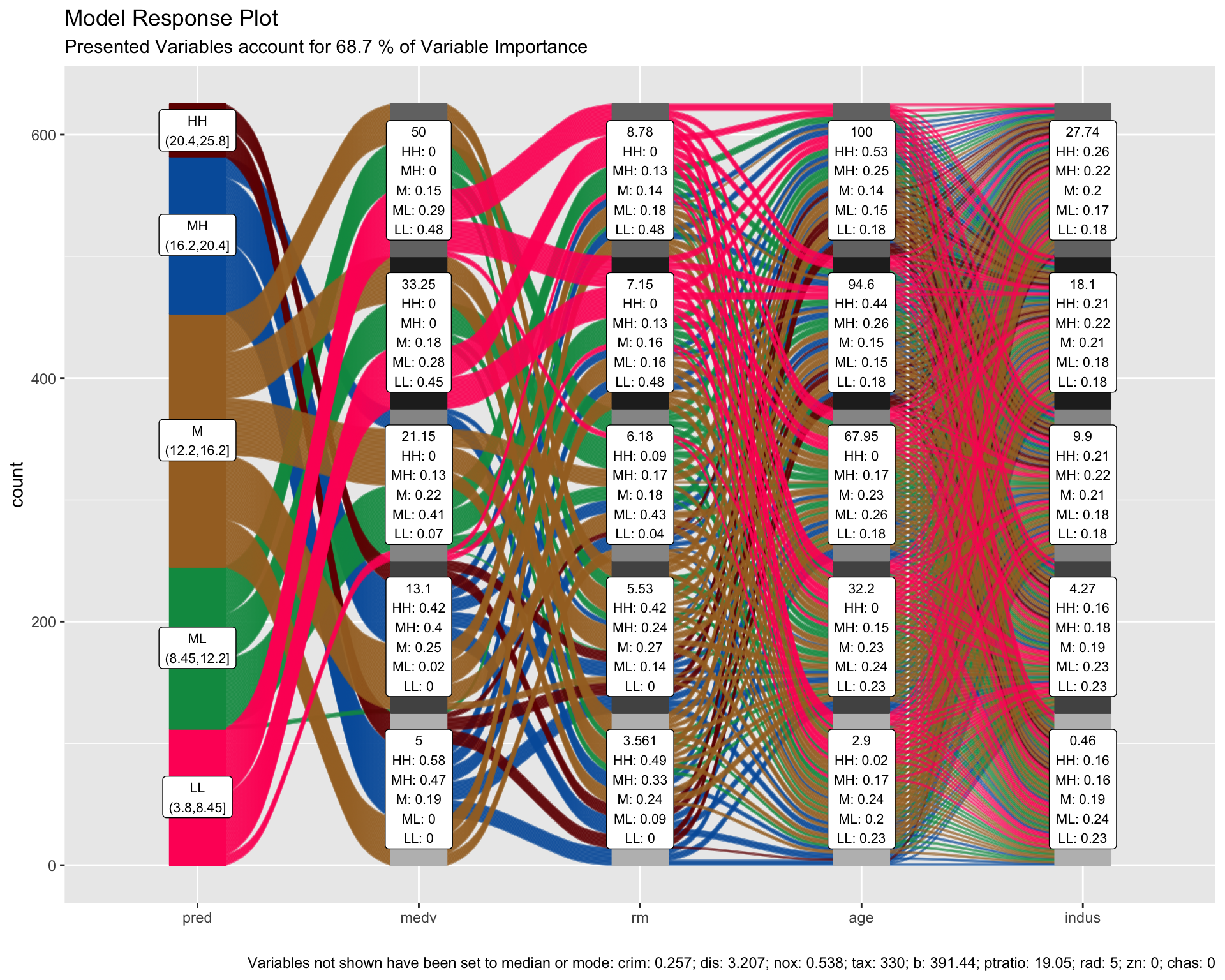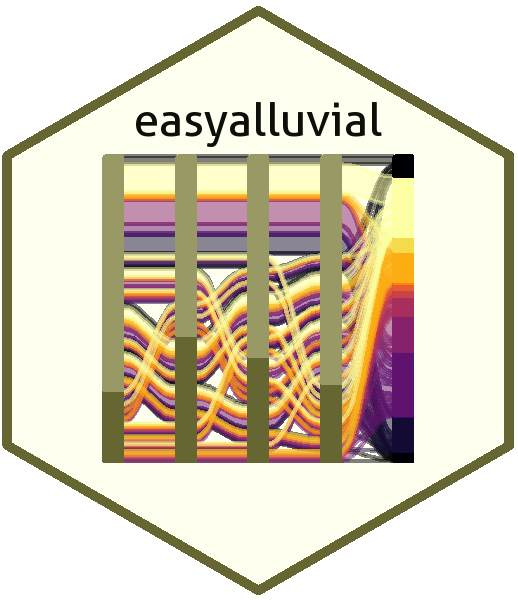simaerep release 0.6.0
Simulate patient-related events in clinical trials with the goal of detecting over and under-reporting sites.
Monitoring reporting rates of patient-related events such as adverse events (AE) in clinical trials is important for patient safety. We u...








